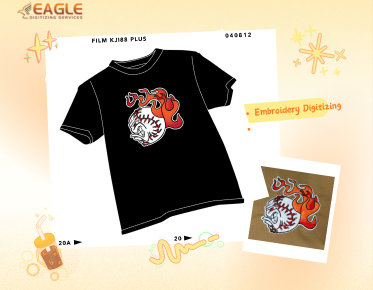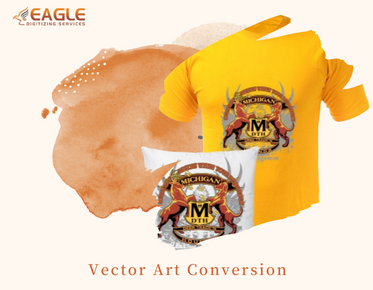Mastering the Art of Screen Printing with a Yudu Machine
html
Screen printing is a versatile and creative way to bring your designs to life on various surfaces. The Yudu screen printing machine is a popular choice for both beginners and experienced artists due to its user-friendly interface and professional results. In this guide, we'll explore how to effectively use a Yudu screen printing machine to create stunning prints. Whether you're printing on t-shirts, posters, or other materials, understanding the process and techniques will help you achieve the best results. For those interested in enhancing their designs, consider exploring vector graphics to ensure your artwork is scalable and precise.
Understanding the Yudu Screen Printing Machine
The Yudu screen printing machine is designed to simplify the screen printing process, making it accessible to hobbyists and professionals alike. It combines several steps into one compact unit, including exposing, printing, and drying. The machine is equipped with a lightbox for exposing screens, a platform for printing, and a drying rack. This all-in-one design streamlines the workflow, allowing users to focus on creativity rather than technicalities.
Setting Up Your Yudu Machine
Before you begin printing, it's essential to set up your Yudu machine correctly. Start by assembling the machine according to the manufacturer's instructions. Ensure that all components are securely in place, including the screen frame, squeegee, and ink tray. Once assembled, plug in the machine and turn it on to ensure it's functioning properly.
Preparing Your Design
Creating a design for screen printing involves several steps. First, design your artwork using graphic design software. It's crucial to use high-resolution images to ensure the final print is sharp and clear. If you're new to design, consider using vector art services to convert your designs into vector format, which is ideal for screen printing due to its scalability and precision.
Exposing the Screen
Once your design is ready, the next step is to expose the screen. Coat the screen with a light-sensitive emulsion and let it dry in a dark room. After the emulsion is dry, place your design on the screen and expose it to light using the Yudu's built-in lightbox. The light hardens the emulsion around your design, creating a stencil for printing.
Printing Your Design
With the screen prepared, it's time to print your design. Place the screen on the Yudu's printing platform and secure your material underneath. Pour ink onto the screen and use the squeegee to spread it evenly across the design. The ink will pass through the stencil and onto the material, creating a crisp print. Repeat this process for each item you wish to print.
Drying and Curing
After printing, it's essential to dry and cure the ink to ensure it adheres properly to the material. The Yudu machine includes a drying rack for this purpose. Allow the prints to dry completely before handling them. For added durability, consider heat-setting the ink using a heat press or an iron.
Advanced Techniques and Tips
Once you're comfortable with the basics, you can experiment with advanced techniques to enhance your prints. Try using multiple colors by layering screens, or explore different types of inks for unique effects. Additionally, maintaining your Yudu machine is crucial for consistent results. Regularly clean the screens and replace any worn components to keep the machine in top condition.
Exploring Future Trends in Screen Printing
As technology advances, the screen printing industry continues to evolve. Innovations such as digital screen printing and eco-friendly inks are gaining popularity, offering new possibilities for artists and businesses. Staying informed about these trends can help you stay ahead in the industry and expand your creative capabilities. For those looking to enhance their designs further, Eagle Digitizing excels in delivering professional vector art services, transforming creative visions into scalable designs.


